How to Sow and when it’s best to Consume them.
But you may be wondering, what is wrong with buying products that are out of season? Well, keep reading to find out.
Globalization and technology have made it possible for us to consume fruits and vegetables whenever we want them, even though it is not their season. Unfortunately, it has led us to overproduction of produce, which eventually ends up as waste.
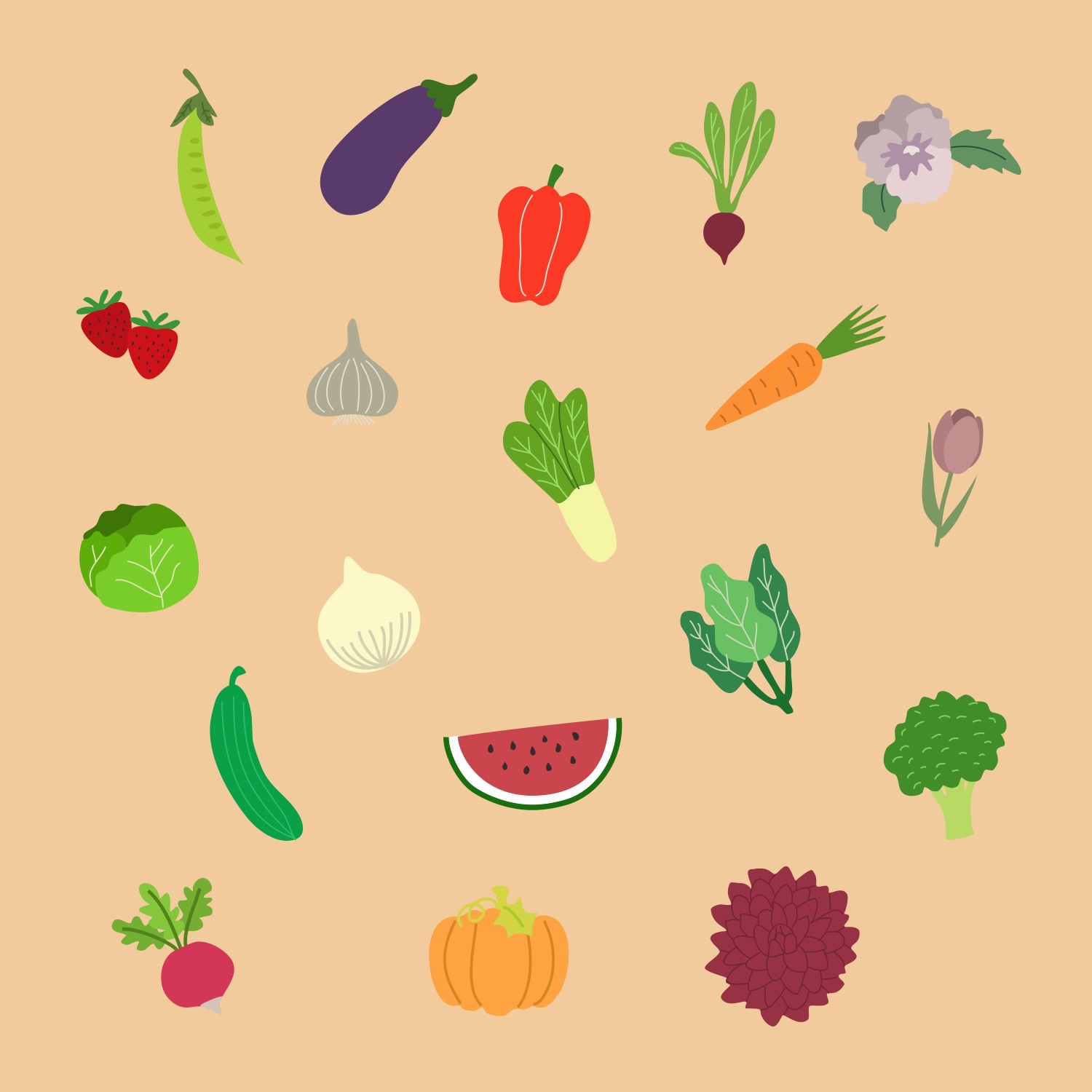
Fruits and Vegetables that are harvested in season, taste better and they even have more nutrients than the ones you force to grow in a greenhouse or the ones that stay saved in a chamber for months.
These natural products have grown at a time when are more efficient for nature. That’s why you get all these benefits.
Also, by buying in season you obtain products that are free of preservatives. Farmers use them when they want their products to last longer. For example the wax layer some apples have to stay fresh.
But you may be wondering, what is wrong with buying products that are out of season?
Environmentally, it has an impact when you plant the same thing over and over again. You are not letting the soil breathe and regenerate the nutrients. By rotating the crops farmers can let some sections of their soil take a break.
Every product has its own needs, they depend on different climate conditions to grow. Some need colder weather, others warmer and some adapt to both. For example, these are some of the year-long products:
Fruits: Banana, Lemon, Pineapple, Date, Kiwi, Avocado.
Vegetables: Chard, Celery, Mushrooms, Leek, Beet, Carrot, Bell peppers, Tomatoes, Lettuce, Potatoes, Radish, Onion.
*But even these tend to be better in certain months.
And one last thing, by consuming in season you are making sure only to eat what’s fresh. It will last you longer and you will be reducing the chances of throwing away produce that you haven’t had the time to eat and become rotten.
If you want to know more about Seasonal Eating I recommend you read this blog of Conscious Healthy Mama.
To make it easier for you to know when to buy these fruits and veggies, here’s a guide I made for you. You can download it and save it to take with you when shopping.
FRUIT AND VEGGIES SEASON CALENDAR
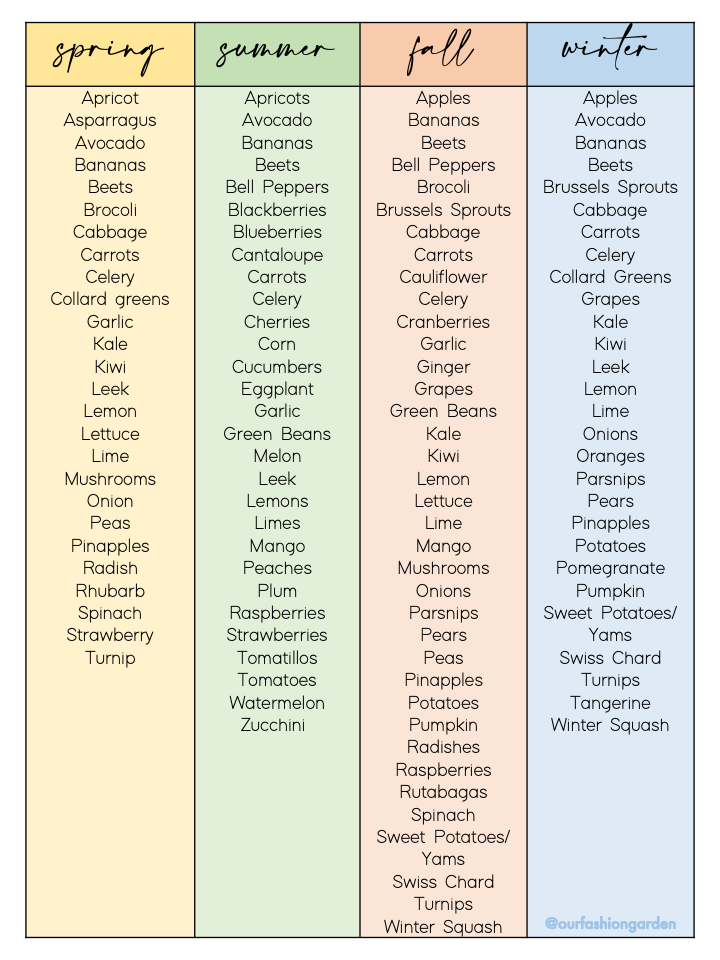
Sowing and Planting
As a consequence of wanting to stop consuming products that are not naturally grown, I thought about starting my own urban garden. Therefore I can grow my fruits and vegetables, in my house, to have them always fresh. And it doesn’t end there, you can still plant some herbs to add a little flavor to your meals, or even plant flowers to decorate your spaces. Fun, isn’t it?
Growing your own products also requires to be planned by seasons, in order to obtain better results. If you are a beginner like me, I really recommend watching and reading many tutorials as possible. Most of the time the envelope where the seeds come from has some instructions.
Here are three essential things you need to consider every time you start planting.
-
- Light/Weather
Hours of sunlight they need. The temperatures they hold or endure. Or if needs to be inside or outside.
-
-
- Volume
-
Quantity of square meters it needs. This will tell you the size of the pot and the depth it needs.
-
-
-
- Seeding
-
-
Direct or seedbeds. Some seeds need to be planted in small containers before, to start with the process of germination. Every seed has a period of time to germinate, when these days have passed you can repot your plants to a bigger pot. When it’s direct seeding just make sure the pot or the planting bed will be able to fit your full-grown plant or you can even plant directly to the ground.
*I don’t recommend planting directly to the ground when you are just starting because you can’t control the soil and you don’t know what’s in it.
Watering:
A tricky aspect, is either you can Overwater or Underwater. Always stay alert to signals indicating this, for example, if the plant is wilting it might need more water or less sun.
Check the soil, if it feels dry you need to water it, and if it still feels damp don’t.
Always make sure the pot or the bed has great drainage, if it doesn’t you might end up with the roots rotting.
*Also, the previous calendar will be useful to know when you’ll be harvesting your produce. but it might vary a little bit depending on when you start seeding.
Now… here is a detailed guide for you to know when it’s best to start planting your fruits and vegetables.
SOWING SCHEDULE
JANUARY
Flowers: Begonia, Geranium, Dianthus/Carnation
Fruits: Rhubarb
Veggies/Herbs: Potatoes, Cauliflower, Spinach, Tomato, Sweet Pepper, Garlic, Carrot, Chard, Arugula, Parsley, Onion, Beet, Radish, Leek, Lettuce
FEBRUARY
Flowers: Begonia, Dahlia, Chrysanthemum, Lilies
Veggies / Herbs: Asparagus, Lettuce, Basil, Tomato, Sweet Pepper, Zucchini, Carrot, Chard, Eggplant, Arugula, Parsley, Onion, Beet, Radish, Leek
MARCH
Flowers: Wild Flowers, Dahlia, Roses, Gladiolus, Lilies, Ranunculus, Snowdrops, Lavender, Chamomile
Fruits: Strawberries, Watermelon, Cantaloupe, Pumpkin, Grapefruit
Veggies / Herbs: Tomato, Sweet Pepper, Zucchini, Carrot, Chard, Eggplant, Arugula, Parsley, Onion, Beet, Radish, Leek, Celery, Beans, Lettuce, Spinach, Pea, Oregano
APRIL
Flowers: Herbaceous Perennials, Lilies, Hyacinths, Lavender, Chamomile, Sweet peas
Fruits: Strawberries, Watermelon, Cantaloupe, Pumpkin
Veggies / Herbs: Tomato, Sweet Pepper, Zucchini, Carrot, Chard, Eggplant, Parsley, Cucumber, Onion, Beet, Radish, Leek, Celery, Coriander, Beans, Lettuce, Spinach, Pea, Basil, Mint, Corn, Oregano
MAY
Flowers: Wallflowers, Foxgloves, Dianthus, Salvia, Lavender, Chamomile
Fruits: Strawberries, Watermelon, Cantaloupe, Pumpkin
Veggies / Herbs: Tomato, Sweet Pepper, Zucchini, Carrot, Chard, Eggplant, Parsley, Cucumber, Onion, Beet, Radish, Leek, Celery, Coriander, Cabbage, Lettuce, Spinach, Beans, Basil, Mint, Corn, Cauliflower, Chive, Oregano
JUNE
Flowers: Wallflowers, Foxgloves, Dianthus, Forget-me-not, Nasturtiums, Sunflowers, Lavender
Fruits: Strawberries, Pumpkin, Raspberries, Blueberries
Veggies / Herbs: Tomato, Beet, Zucchini, Carrot, Chard, Celery, Cucumber, Spinach, Broccoli, Radish, Leek, Bean, Lettuce, Cabbage, Peppermint, Mint, Cauliflower, Corn, Basil, Chicory, Turnip, Endive
JULY
Flowers: Wallflowers, Foxgloves, Dianthus, Saffron, Sunflower
Fruits: Strawberries, Blackberries, Blueberries, Raspberries
Veggies / Herbs: Bean, Beet, Chicory, Carrot, Chard, Parsley, Radish, Spinach, Broccoli, Lettuce, Leek, Endive, Cauliflower, Cabbage, Turnip, Corn, Onion
AUGUST
Flowers: Pansies, Violas, Calendula, Saffron, Lavender
Fruits: Blackberries, Blueberries
Veggies / Herbs: Bean, Beet, Chicory, Carrot, Chard, Parsley, Radish, Spinach, Broccoli, Lettuce, Leek, Endive, Cauliflower, Cabbage, Turnip, Onion
SEPTEMBER
Flowers: Verbascums, Hyacinth, Chrysanthemum, Violas, California Poppies, Pansies, Calendula
Veggies / Herbs: Beans, Green peas, Carrot, Chard, Parsley, Celery, Radish, Spinach, Broccoli, Lettuce, Leek, Endive, Cauliflower, Cabbage, Turnip, Onion, Arugula
OCTOBER
Flowers: Pansies, Calendula, Tulip, Wallflowers
Veggies / Herbs: Beans, Green peas, Carrot, Chard, Parsley, Celery, Radish, Spinach, Garlic, Lettuce, Leek, Endive, Onion, Turnip, Beet, Arugula
NOVEMBER
Flowers: Pansies, Calendula, Cyclamen, Tulip, Magnolia, Violas
Fruits: Rhubarb
Veggies / Herbs: Carrot, Beans, Green peas, Parsley, Chard, Garlic, Radish, Spinach, Onion, Lettuce, Leek, Turnip, Celery, Beet, Asparagus
DECEMBER
Flowers: Laurentia, Cyclamen
Fruits: Rhubarb, Tangerine, Orange
Veggies / Herbs: Carrot, Beans, Green peas, Parsley, Chard, Garlic, Radish, Spinach, Onion, Lettuce, Leek, Turnip, Celery, Beet, Tomato
We created an illustrated version of this sowing guide, so you can download it and take it with you wherever you go. It’s a calendar to help you plan your planting.
To get it you just need to become a member and subscribe and then head to the freebies section. HERE.
*If you’re already a subscriber just log in to your account and head to the freebies section. I hope it’s helpful for you!
To recap all the benefits it has to consume and plant in seasons, we have:
-
-
-
-
- Fresh and tastier produce
- Have more nutrients — easier to digest
- Less packaging and waste
- Free of preservatives
- Better for the soil and the planet
- It’s fun! A great activity to connect with our mother earth
-
-
-
I’m no expert on this matter, but I do love learning about plants and ways to live more sustainably. That’s why I wanted to share with you the tips I’ve learned, so you can join me on this journey. Hope they are helpful to you, don’t be afraid to start your own urban garden you’ll see how gratifying it is.
Look at my strawberry plant, it hasn’t produced strawberries yet, but it is growing.
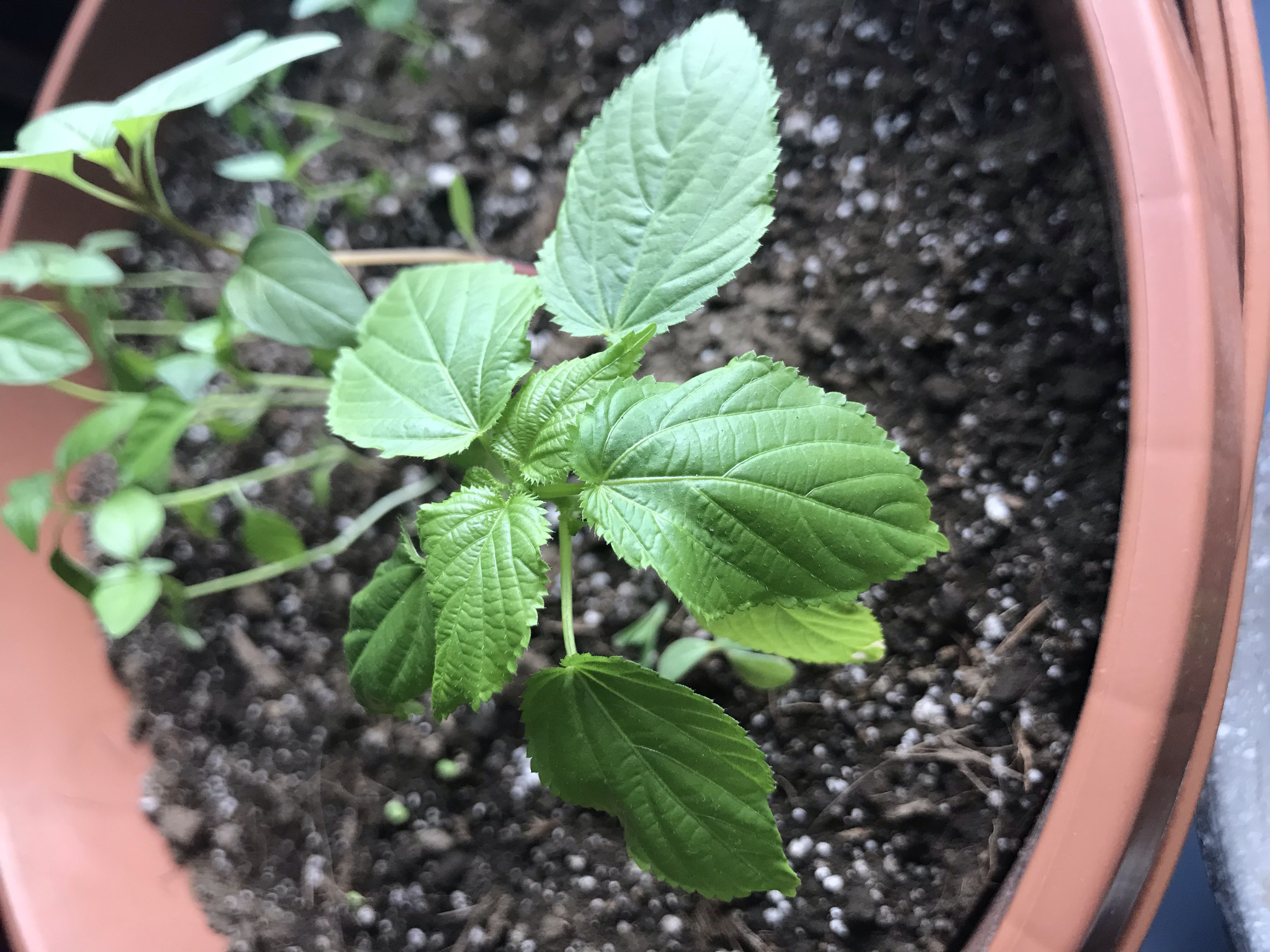
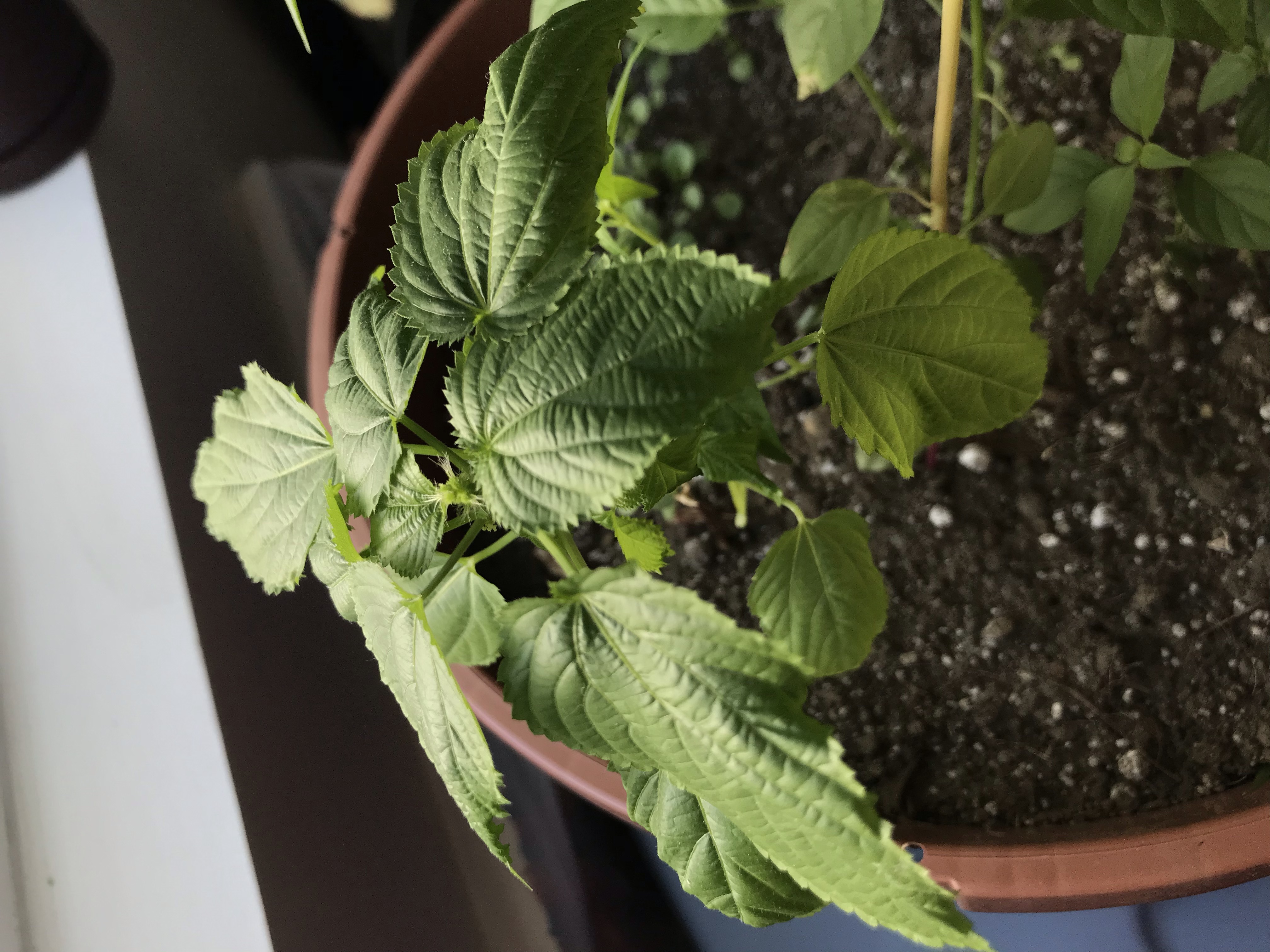
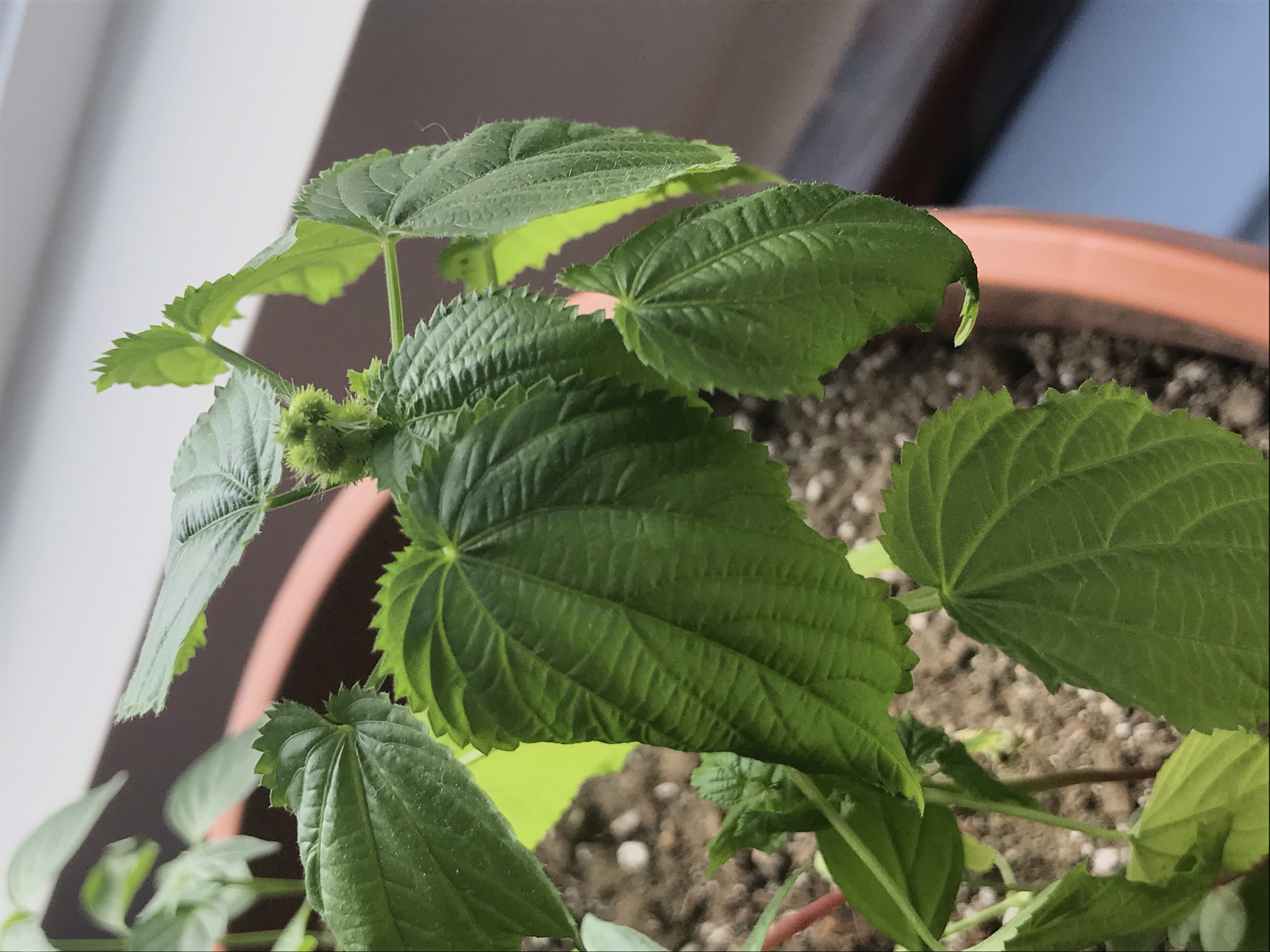
BECOME AN OFFICIAL MEMBER OF OUR CLUB!
We would love you to be part of our community. There are freebies, giveaways, weekly tutorials, discounts, and other secrets we only share with our insiders!
JOIN AT THE END OF THE PAGE
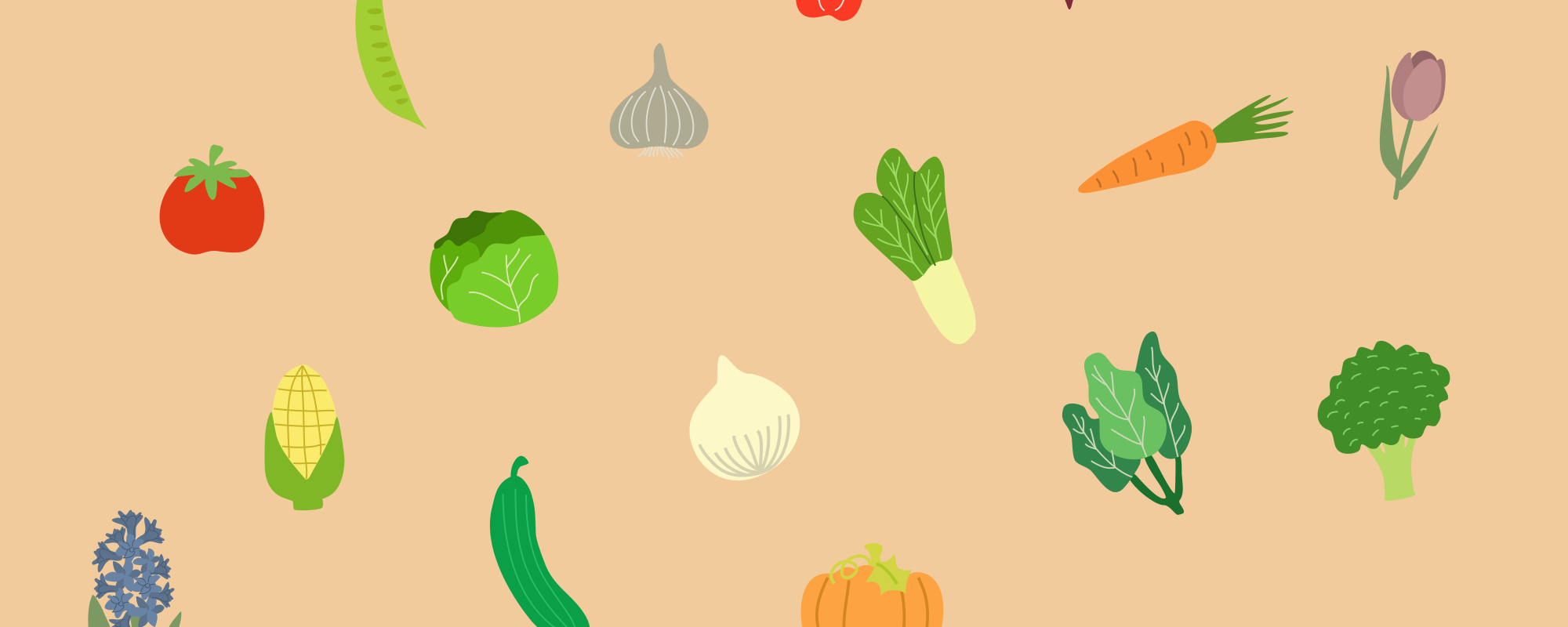


Leave a Reply